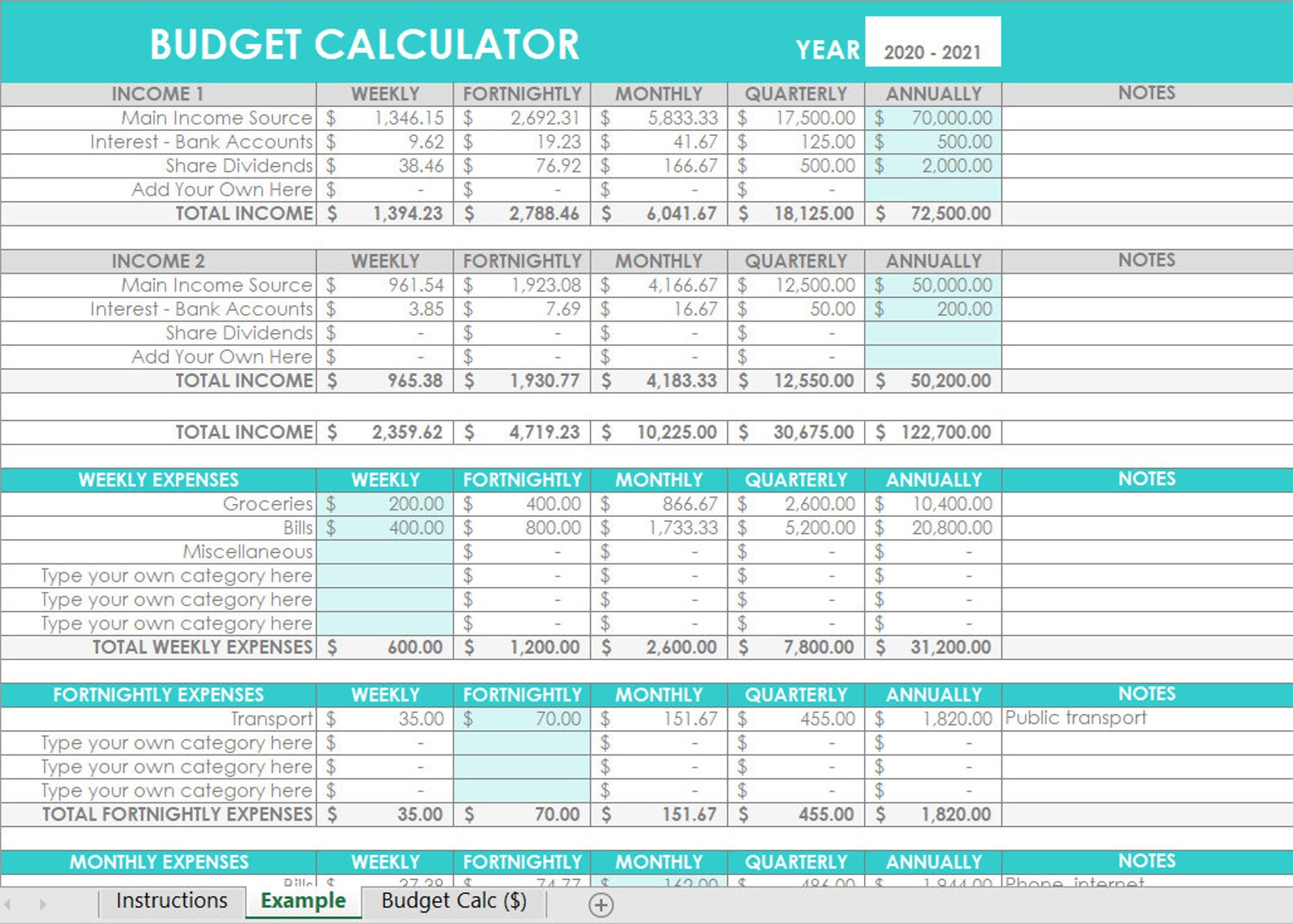

Simply put, more accrued expenses are created when goods/services are received but the cash payment remains in the possession of the company. The benefit of the employees working was received, so the expense is recognized in December, but the employees may not receive cash compensation until the following month, early January.Īs a result, the accrued expense balance increases from the unpaid employee wages caused by the timing mismatch. Examples of Accrued Expensesįor example, let’s say that a company’s employees are paid bi-weekly and the starting date is near the end of the month in December.

Similar to accounts payable, accrued expenses are future obligations for cash payments to soon be fulfilled hence, both are categorized as liabilities.

Per the “ matching principle” under accrual accounting, the benefit associated with the expense dictates when the expense appears on the books of the company.ĭespite the fact that the cash outflow has not occurred, the expense is recorded in the reporting period incurred. recognized on the income statement - but has not actually been paid yet. On the current liabilities section of the balance sheet, a line item that frequently appears is “Accrued Expenses,” also known as accrued liabilities.Īn accrued expense is an expense that has been incurred - i.e.


 0 kommentar(er)
0 kommentar(er)
